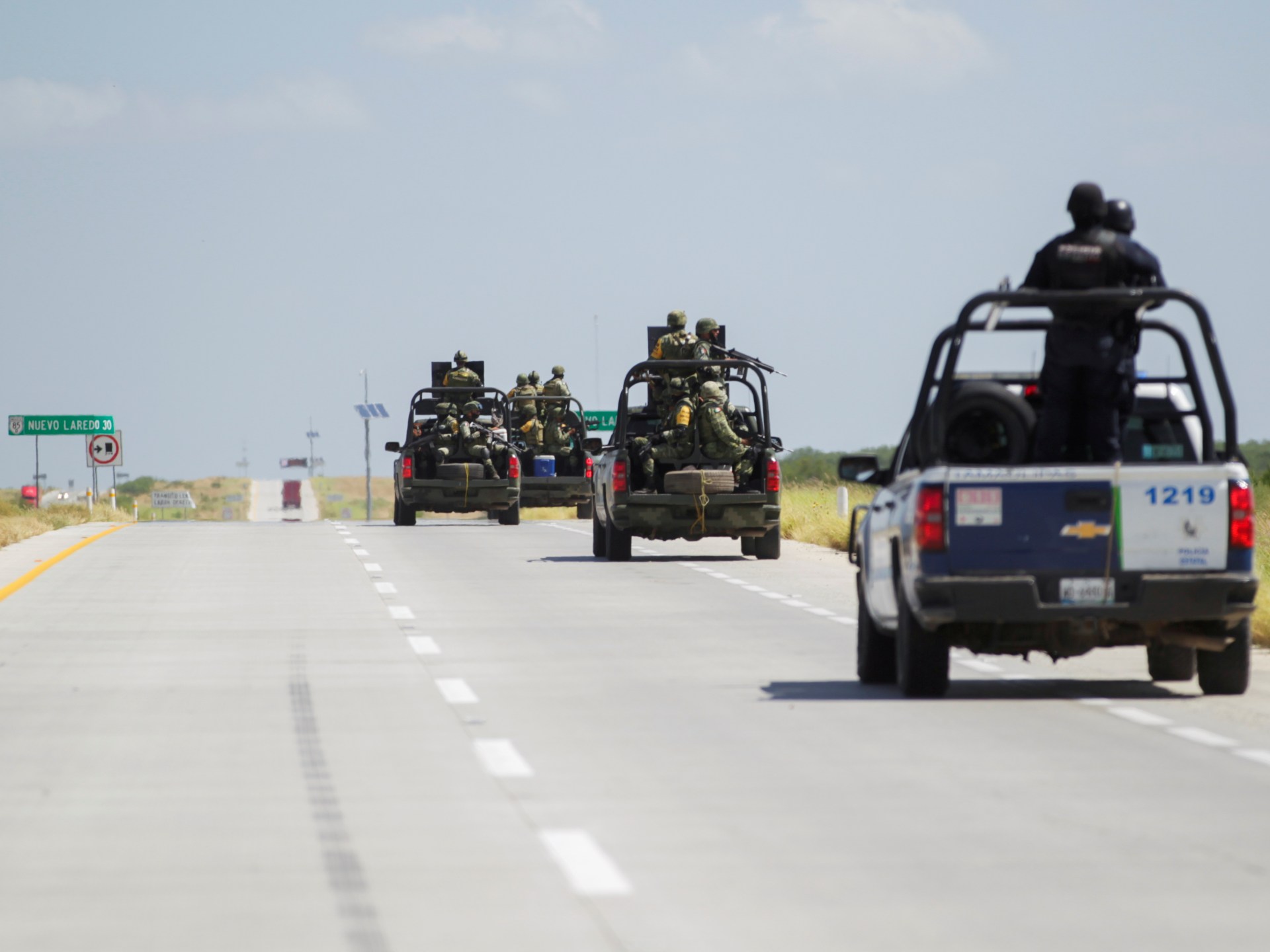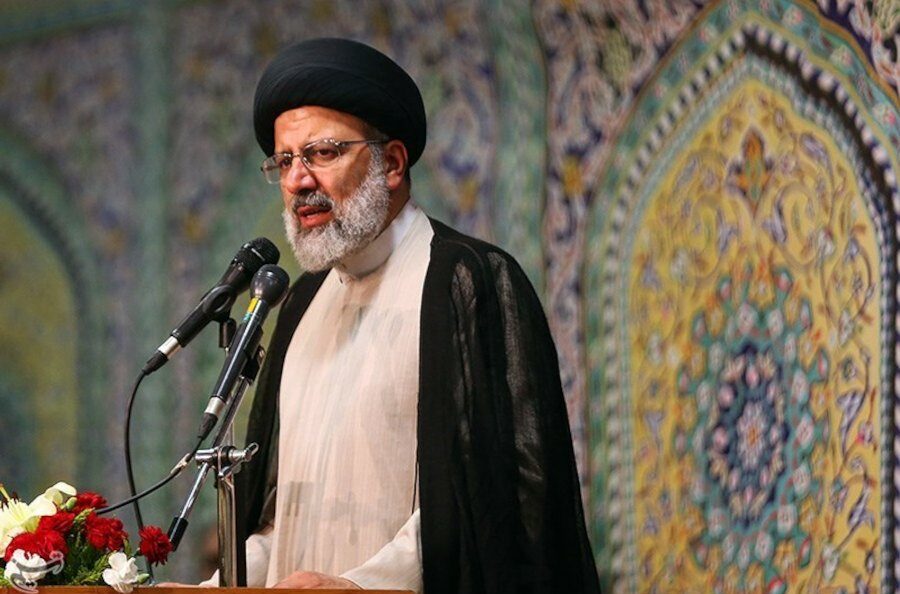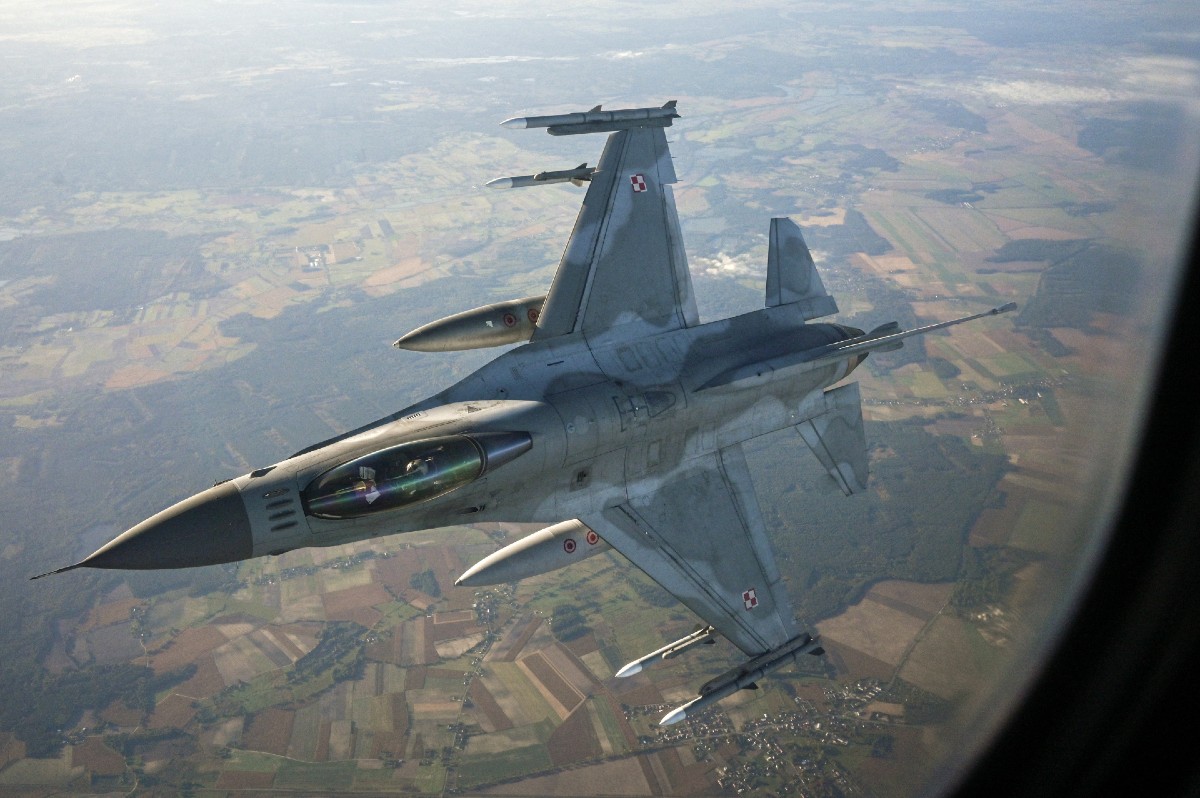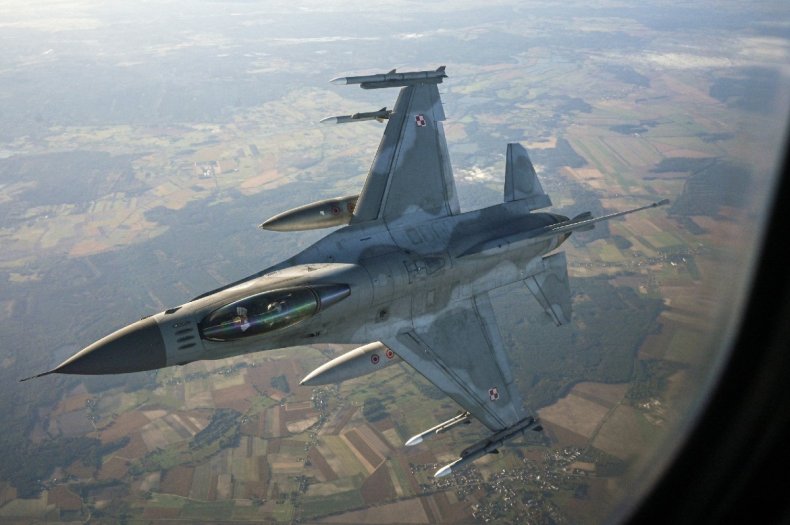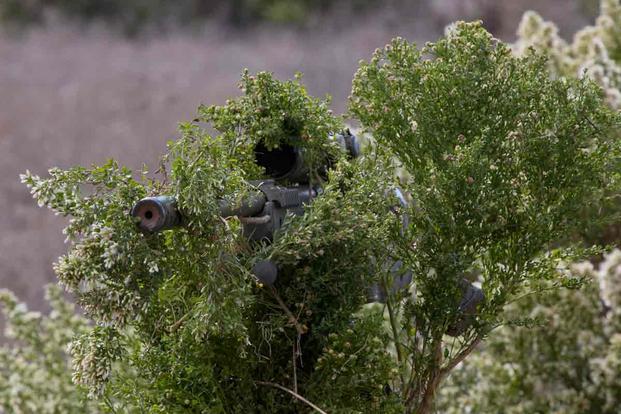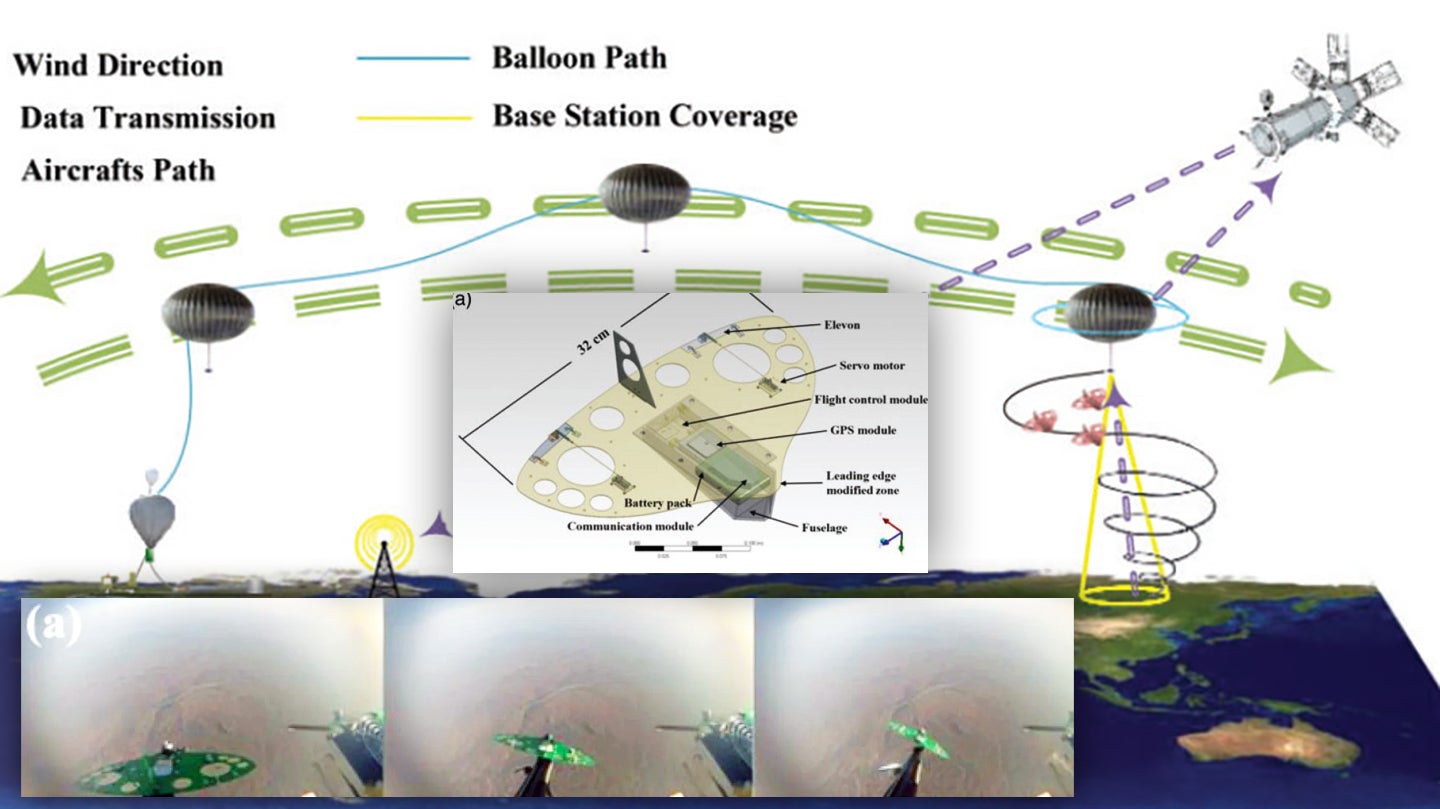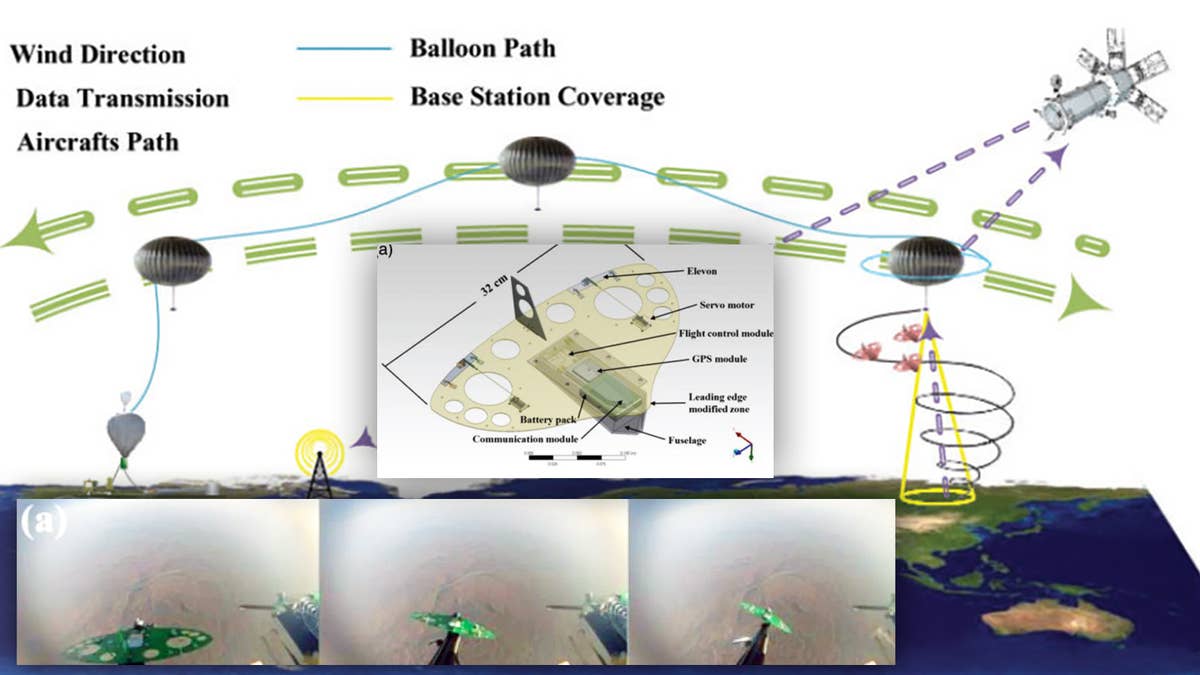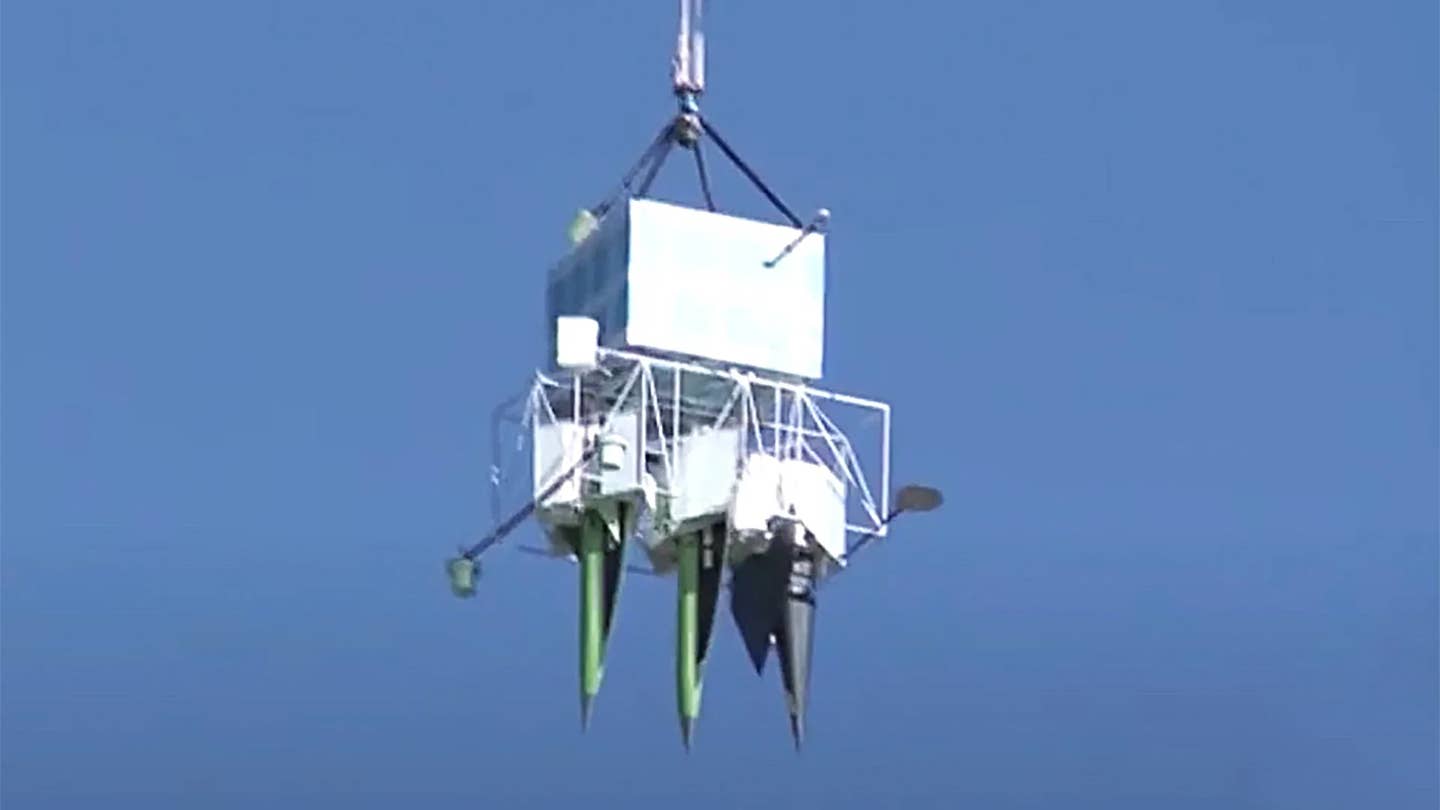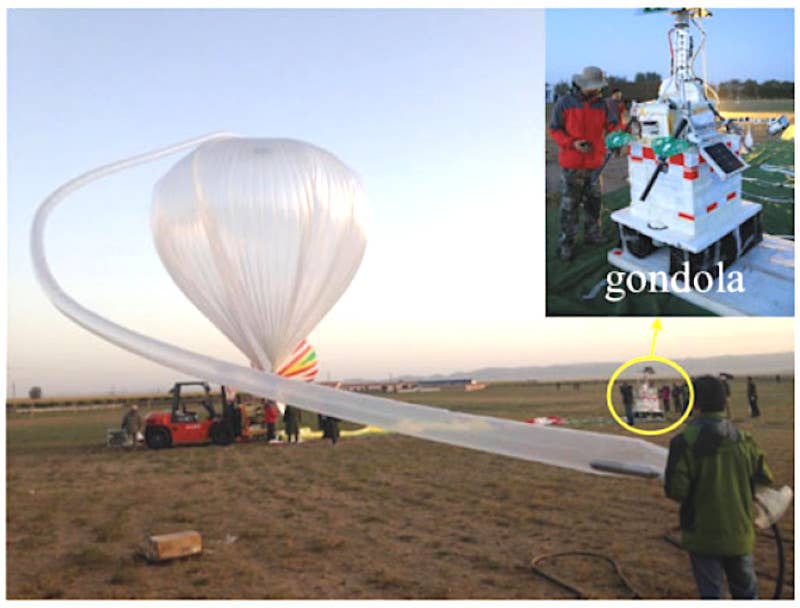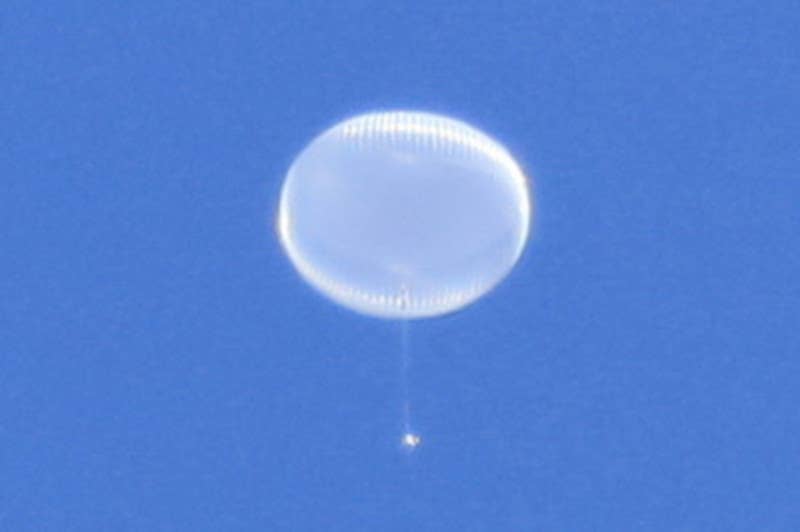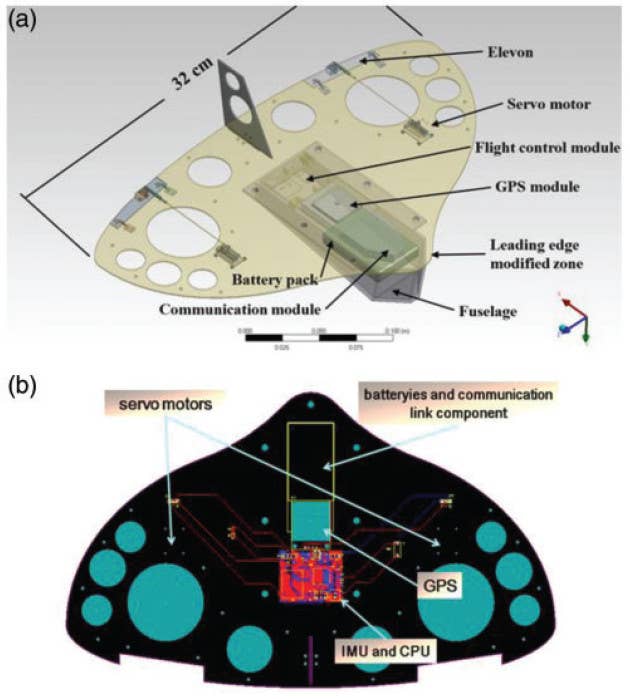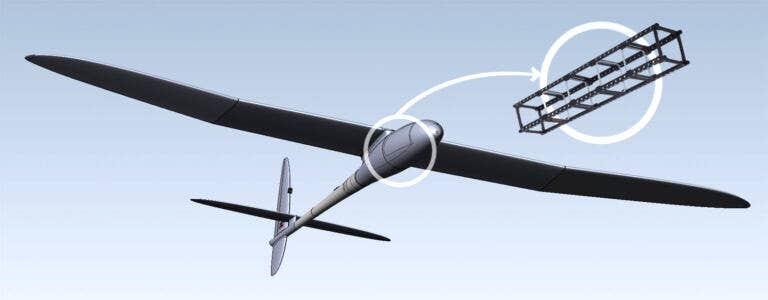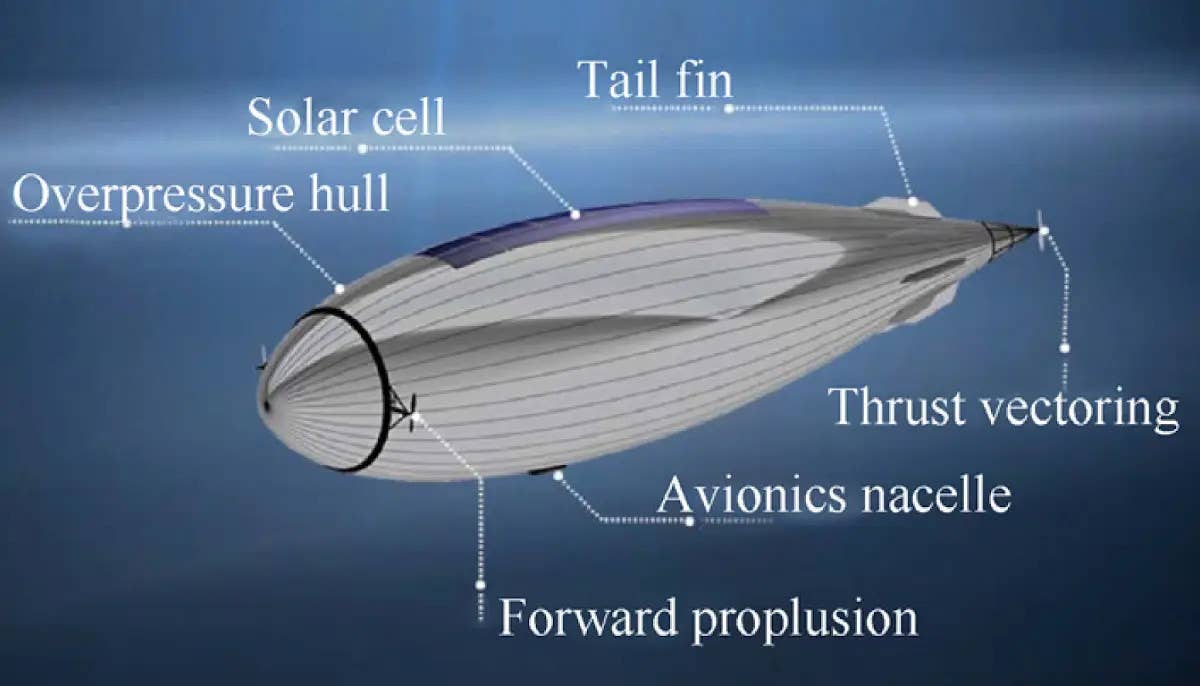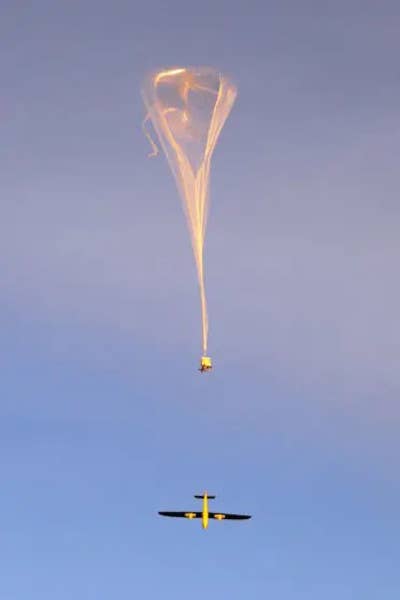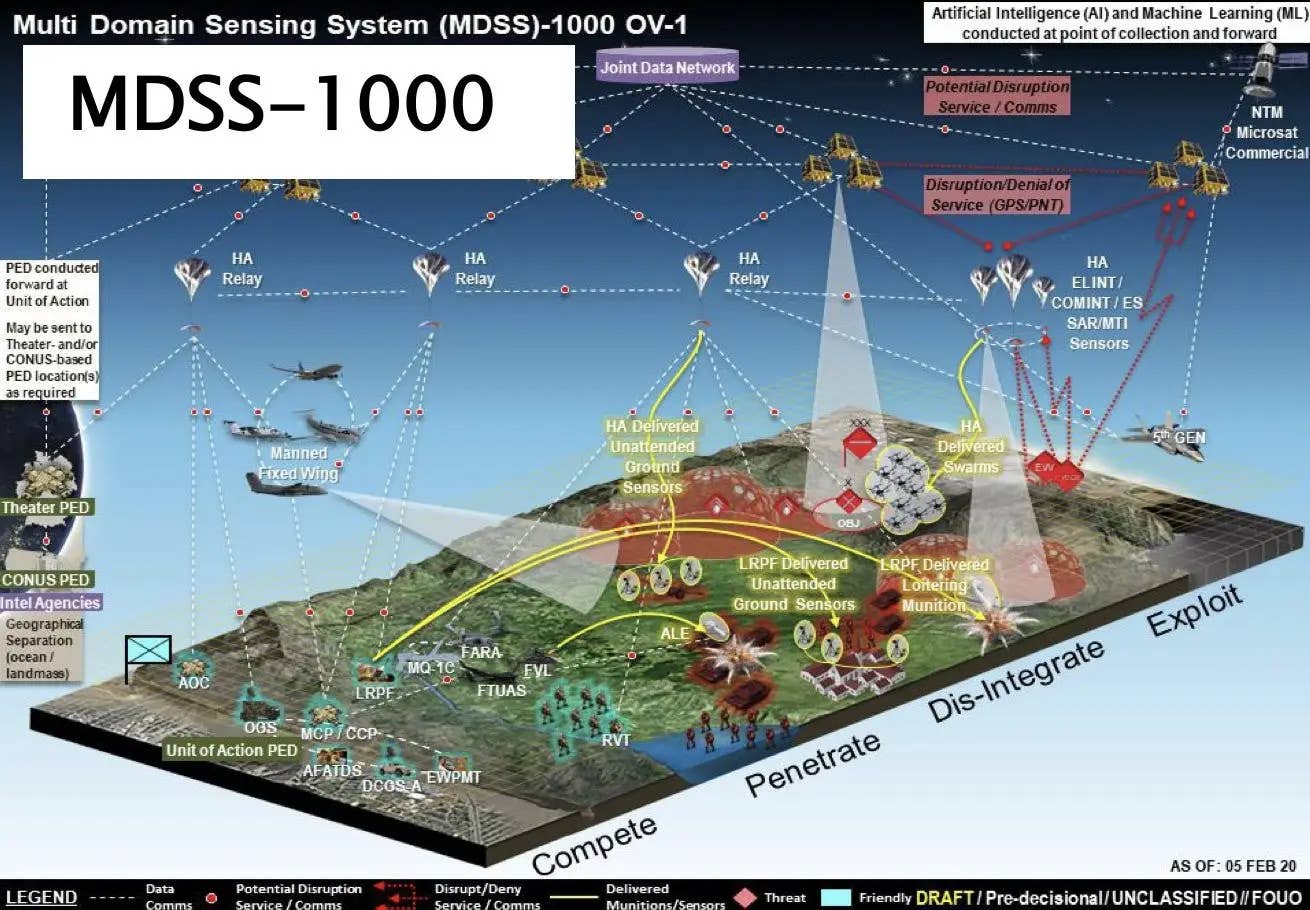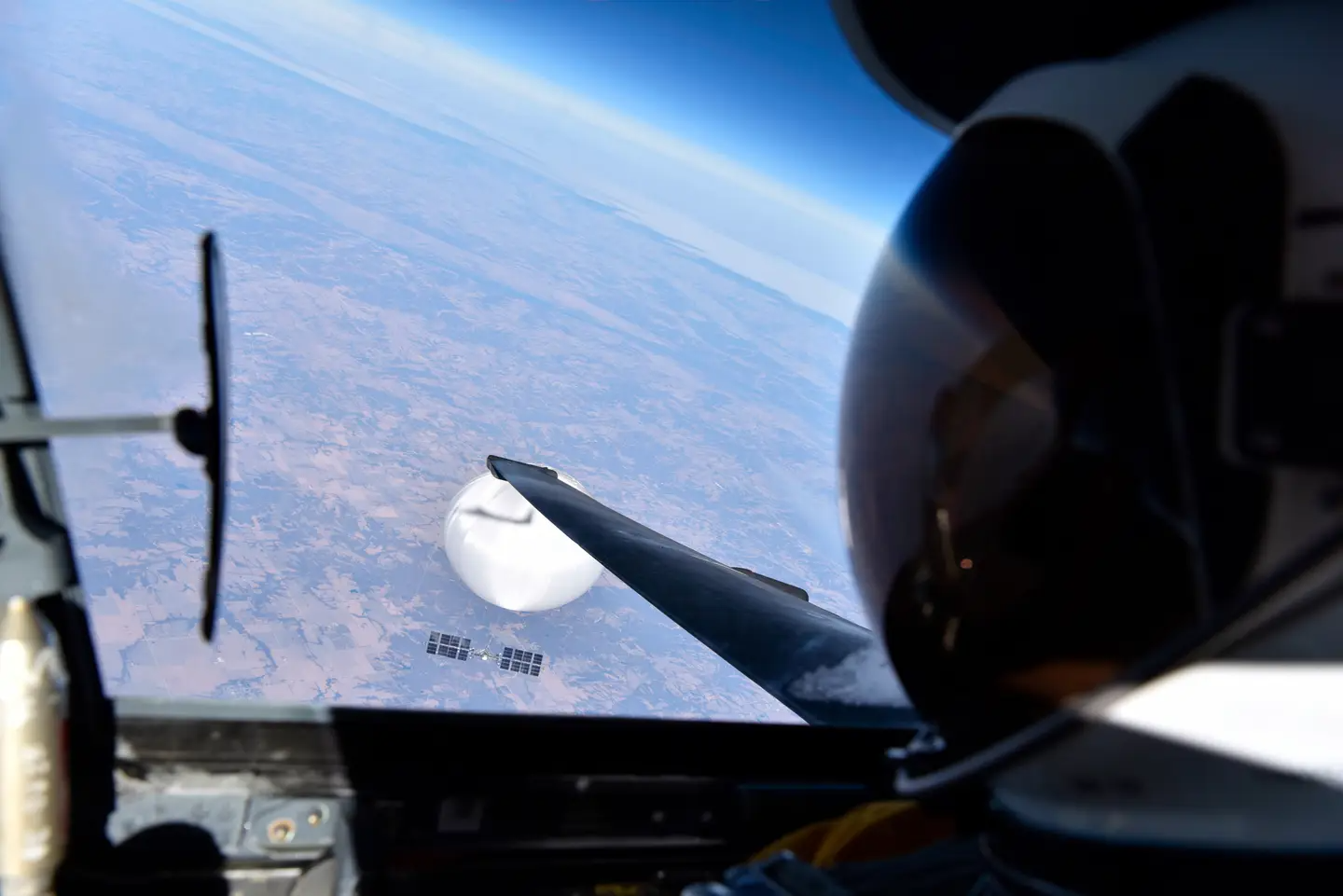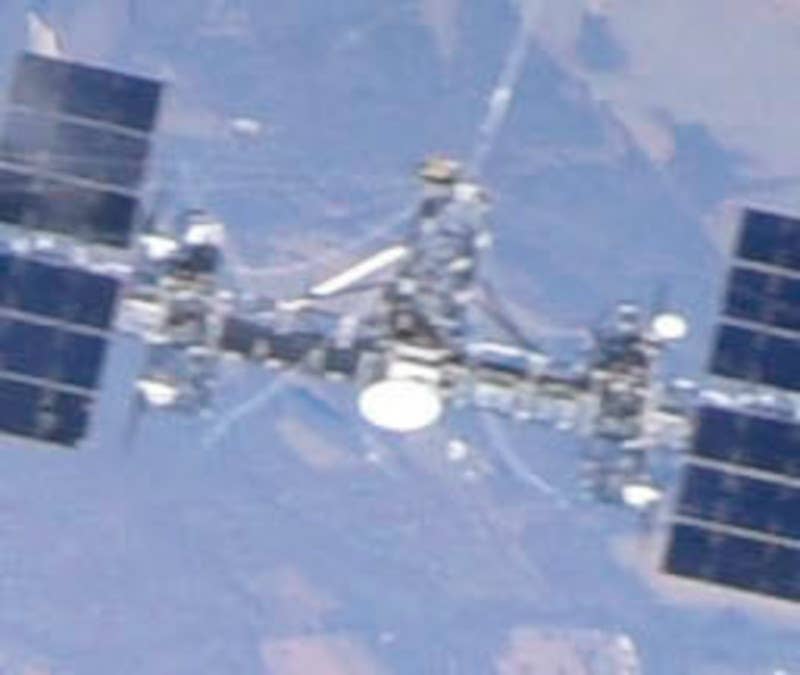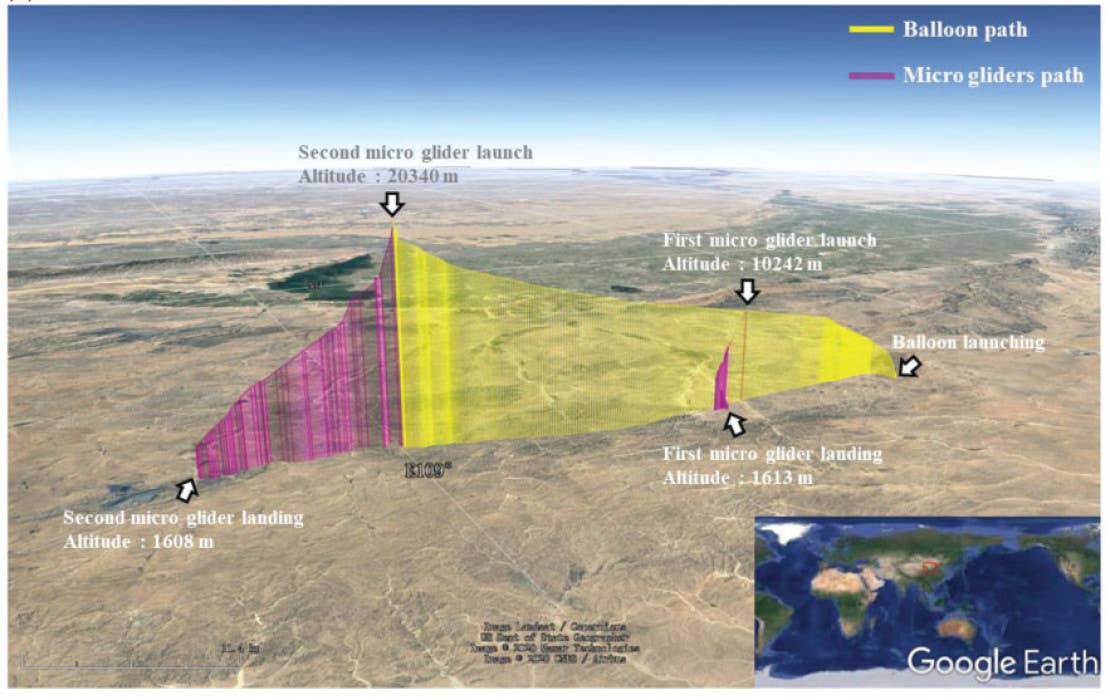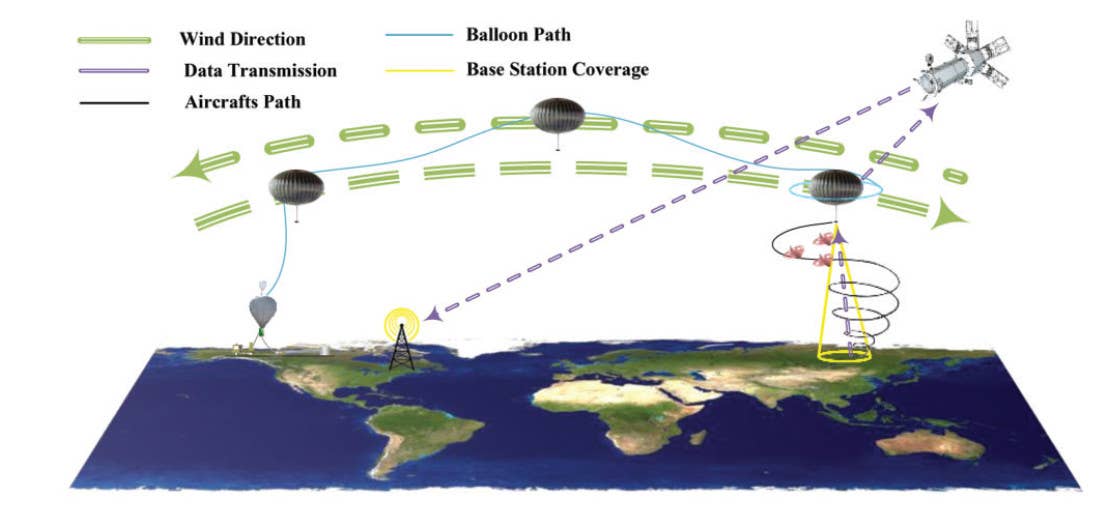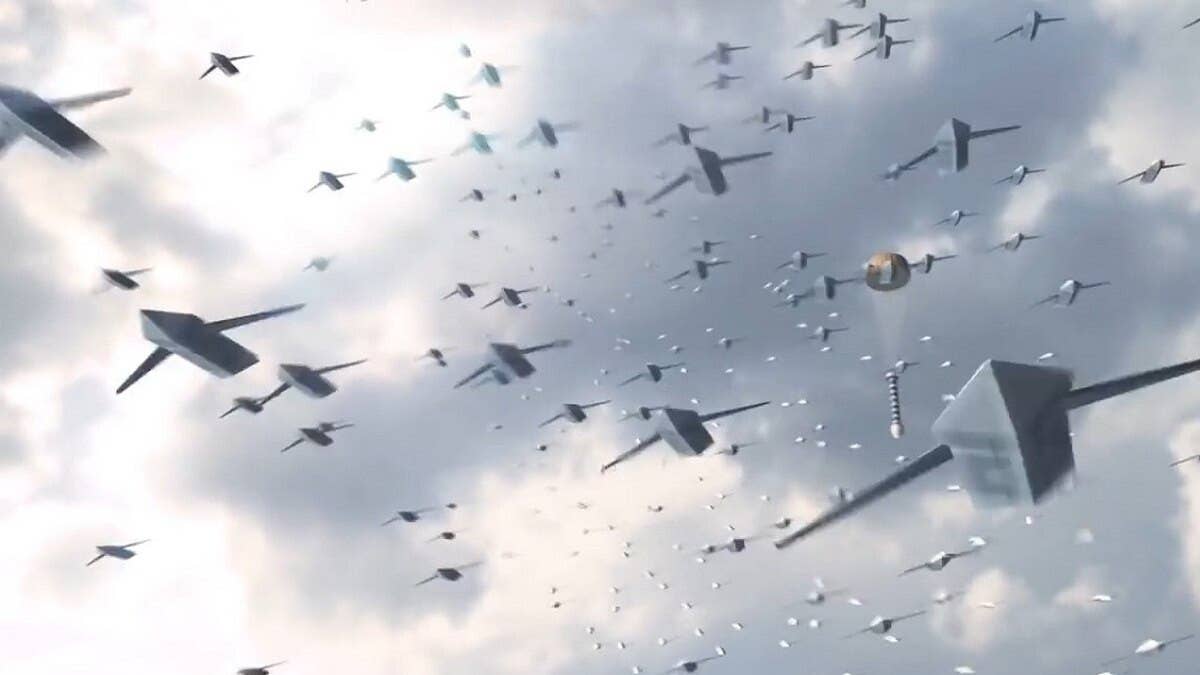(281) 02-04-2022-to-02-10-2022__****THE****WINDS****of****WAR****
(282) 02-11-2022-to-02-17-2022__****THE****WINDS****of****WAR****(283) 02-18-2022-to-02-24-2022__****THE****WINDS****of****WAR****
___________________________________________________________________________________________
ALERT - RUSSIA INVADES UKRAINE - Consolidated Thread
@@@ How can the be true? Zippy's goons killing civilians doing non-military work? But the DS tells us they are the "Good" guys. :rolleyes: @@@ View: https://twitter.com/AZgeopolitics/status/1629593902389813249
INTL - China calls for Russia-Ukraine cease-fire, peace talks
China calls for Russia-Ukraine cease-fire, peace talks BEIJING (AP) — China has called for a cease-fire between Ukraine and Russia and the opening of peace talks as part of a 12-point proposal to end the conflict. The plan issued Friday morning by the Foreign Ministry also urges the end...
VIDEO - Is the US CAPABLE of Fighting WW III? Military Expert's WARNING
View: https://www.youtube.com/watch?v=RFFvxIlsRSM RT 1:19:12 The Space Force may sound like something from a sci-fi movie, but it’s as real as every other branch of the military … maybe even as real as UFOs. On this episode of "The Glenn Beck Podcast," Glenn talks to Lt. Col. Matthew Lohmeier...
WAR - Main Persian Gulf Trouble thread
View: https://twitter.com/EndGameWW3/status/1625560959522668551
WAR - Regional conflict brewing in the Mediterranean
Cohen: US must immediately issue credible military threat against Iran Charles Bybelezer The Israeli foreign minister’s call comes after IAEA inspectors discover uranium enriched to near weapons-grade in the Islamic Republic...
___________________________________________________________________________________________
Posted for fair use.....(for embedded links and graphics please see article source. HC)
Subscribe to read | Financial Times
News, analysis and comment from the Financial Times, the worldʼs leading global business publication
 www.ft.com
www.ft.com
Russia’s ‘dangerous’ move raises fears of new nuclear arms race
Putin’s decision leaves few incentives for countries such as China to adhere to a global anti-proliferation regimeHenry Foy in Brussels, Demetri Sevastopulo in Washington and Ben Hall in London
FEBRUARY 23 2023
Vladimir Putin’s decision to suspend Russia’s participation in the last remaining arms control agreement with the US has increased fears over uncontrolled nuclear proliferation and a potential new arms race.
Moscow’s move would leave a number of deployed US and Russian nuclear warheads unchecked for the first time in more than half a century, raising concerns about other emerging nuclear powers such as China having few incentives to adhere to a global arms control regime.
Rose Gottemoeller, a former deputy secretary-general of Nato and previously the US chief negotiator on the so-called New Start treaty, said Russia’s suspension was a “disaster” for arms control.
“So what does Putin think he’s going to accomplish by essentially launching an arms race with two major economic and industrial powers?” she asked, noting that Russia’s capabilities would be far outstripped in such a scenario.
Gottemoeller said it was “dangerous” for Moscow to abandon the New Start framework just when the US was beginning to upgrade its nuclear weapons and China was working on its own modernisation programme.
Putin’s decision removed any possibility of a return to mutual inspections of Russian and US nuclear sites, which Washington had been keen to resume after they were halted during the coronavirus pandemic, she said.
It will also vastly scale back the notifications that each side was obliged to make about missile movements, including for maintenance. Russia’s foreign ministry said it would comply with a 1988 agreement on notifications but this only applies to rocket launches.
The New Start suspension is the latest in a string of nuclear arms control treaties abandoned by Moscow and Washington. In 2019, both countries pulled out of the Intermediate-Range Nuclear Forces Treaty, which banned the US and Russia from having land-based missiles with a range of 500 to 5,500km. In the winter of 2020, they withdrew from the Open Skies treaty, which permitted surveillance flights over other countries’ military sites.
The three treaties were the foundation of cold war-era arms control efforts to reduce the risk of an arms race between Washington and Moscow, and to protect Europe from nuclear war.
Daryl Kimball, executive director of the Arms Control Association, a US lobby group, said that with the unravelling of the arms control framework, “Washington and Moscow could each double the number of their deployed strategic nuclear warheads in short order”.
“Such a course of action would produce an arms race that no one can win and that increases the dangers of nuclear weapons for everyone,” he added.
Mark Gitenstein, US ambassador to the EU and a longtime aide to President Joe Biden, said it was hard to gauge the extent to which Moscow was planning to ramp up its nuclear firepower.
“Whether it’s a bluff, whether they’ll do anything about it: hard to say,” said Gitenstein. “[But] it’s not good to have a non-proliferation arrangement, especially on nuclear arms, placed in jeopardy.”
Despite the suspension of New Start, Gottemoeller said it was important to remember that foundations of the non-proliferation regime remained in place. These are the Non-Proliferation treaty signed by 93 countries including Russia, the US and China, which calls for the prevention of sharing of nuclear technology, and the Comprehensive Test Ban Treaty, which prohibits nuclear weapons testing. Although they have not ratified the CTBT, the US and China have complied with it.
India and Pakistan are not members of the NPT and acquired nuclear weapons capabilities outside of its framework. The rival neighbours each possess more than 100 warheads, and infrequent clashes linked to the disputed territory of Kashmir have raised fears of a potential military conflict.
Efforts to find a new generation of post-cold war arms control agreements in recent years have floundered due to an unwillingness by Beijing to participate, and an understanding that any deal without China would be meaningless.
The Pentagon recently said China was on course to increase its nuclear warheads to 1,500 by 2035 — roughly equal to the number of warheads the US and Russia are permitted to deploy under New Start.
In its inaugural national security strategy late last year, the Biden administration said that by the next decade, the US would “for the first time . . . need to deter two major nuclear powers”, in reference to Russia and China.
Washington and its chief allies in Asia — Japan and South Korea — are also very concerned about North Korean leader Kim Jong Un continuing to test intercontinental ballistic missiles.
In recent months, the US has been on alert for the possibility that Pyongyang might conduct a seventh nuclear test this year. One US official said there had been “pretty much radio silence” from Pyongyang for the past two years.
“There are a series of countries that have been a problem for some time, which are all more problematic now,” said Lawrence Freedman, emeritus professor of war studies at King’s College London. “The west has to come to terms with the fact that their levers over these countries are more limited.”
Recommended
The Big Read
North Korea’s evolving nuclear threat: too great to deter?
He said it was less alarming that limits and checks, “much of which can be replaced with satellites”, were disappearing. Rather, Freedman added, what was of concern was “the loss of direct communication and dialogue . . . which appears impossible with Putin”.
Heather Williams, a nuclear expert at the Center for Strategic and International Studies, a think-tank, said the nuclear landscape was looking increasingly bleak, and that the lack of arms control would reduce transparency and predictability.
“We have lived in a world with nuclear weapons for nearly 80 years and . . . known since the Cuban missile crisis [in 1962] that arms control can play an important role,” she said. “We can use arms control as a toolkit to manage those risks, but the toolkit is now looking pretty empty.”

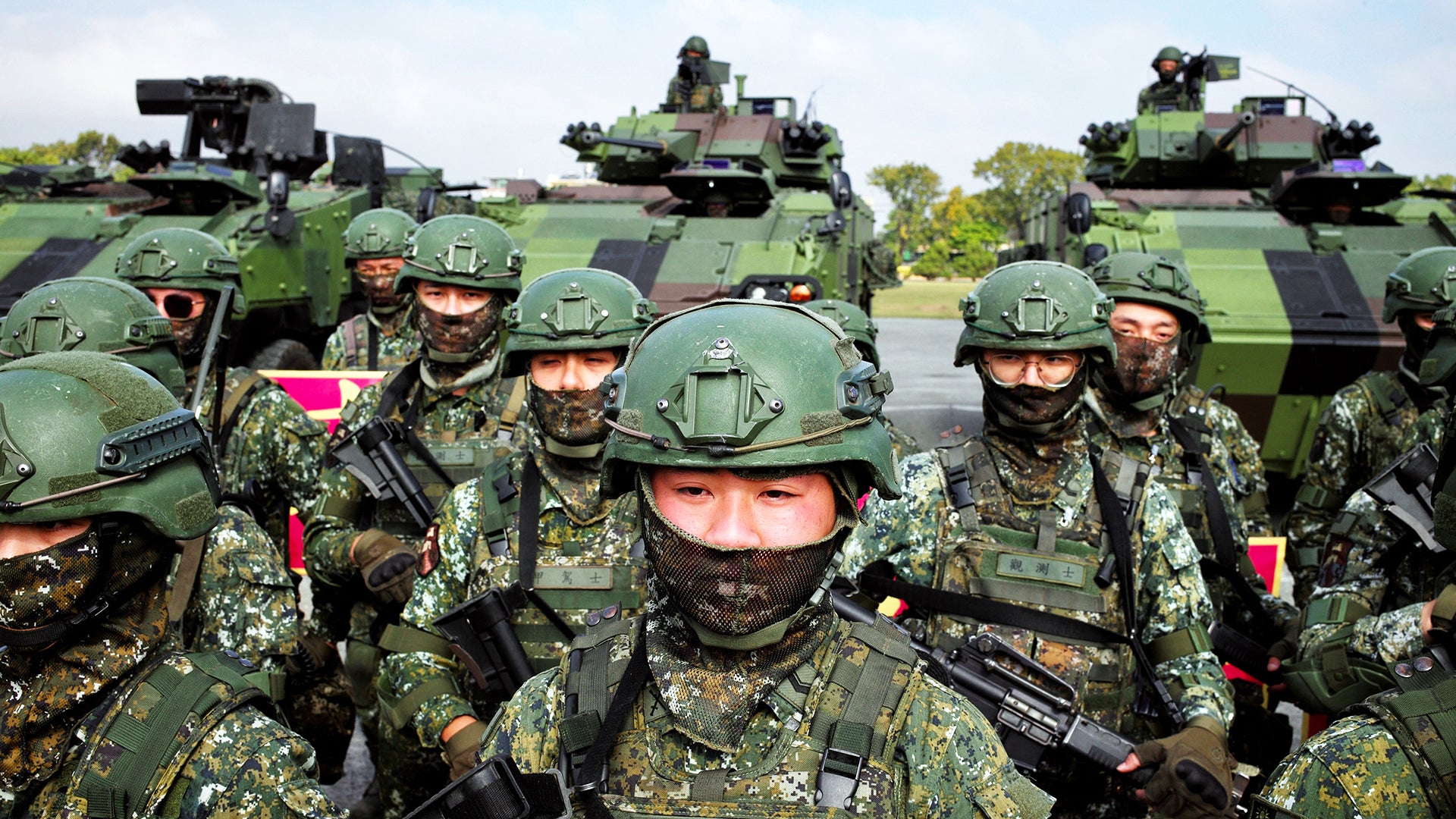



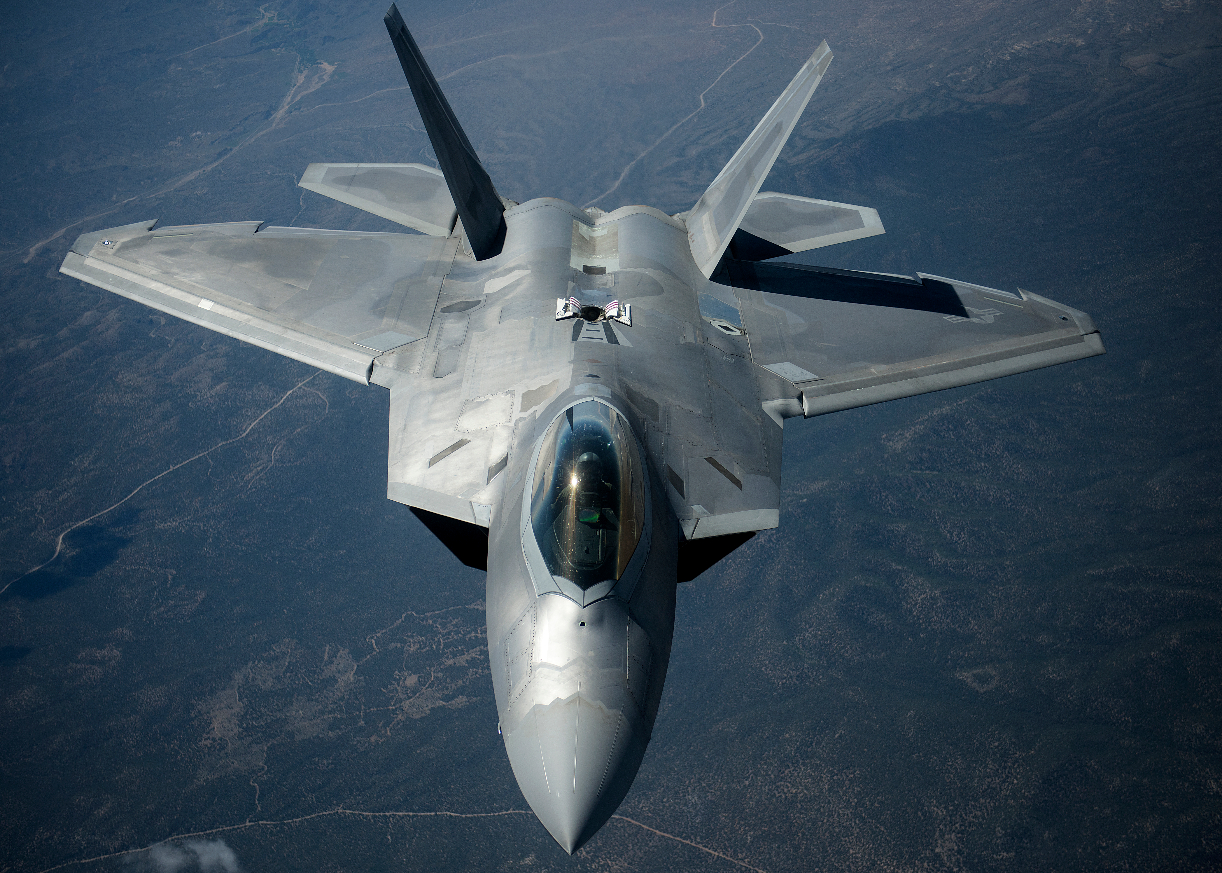
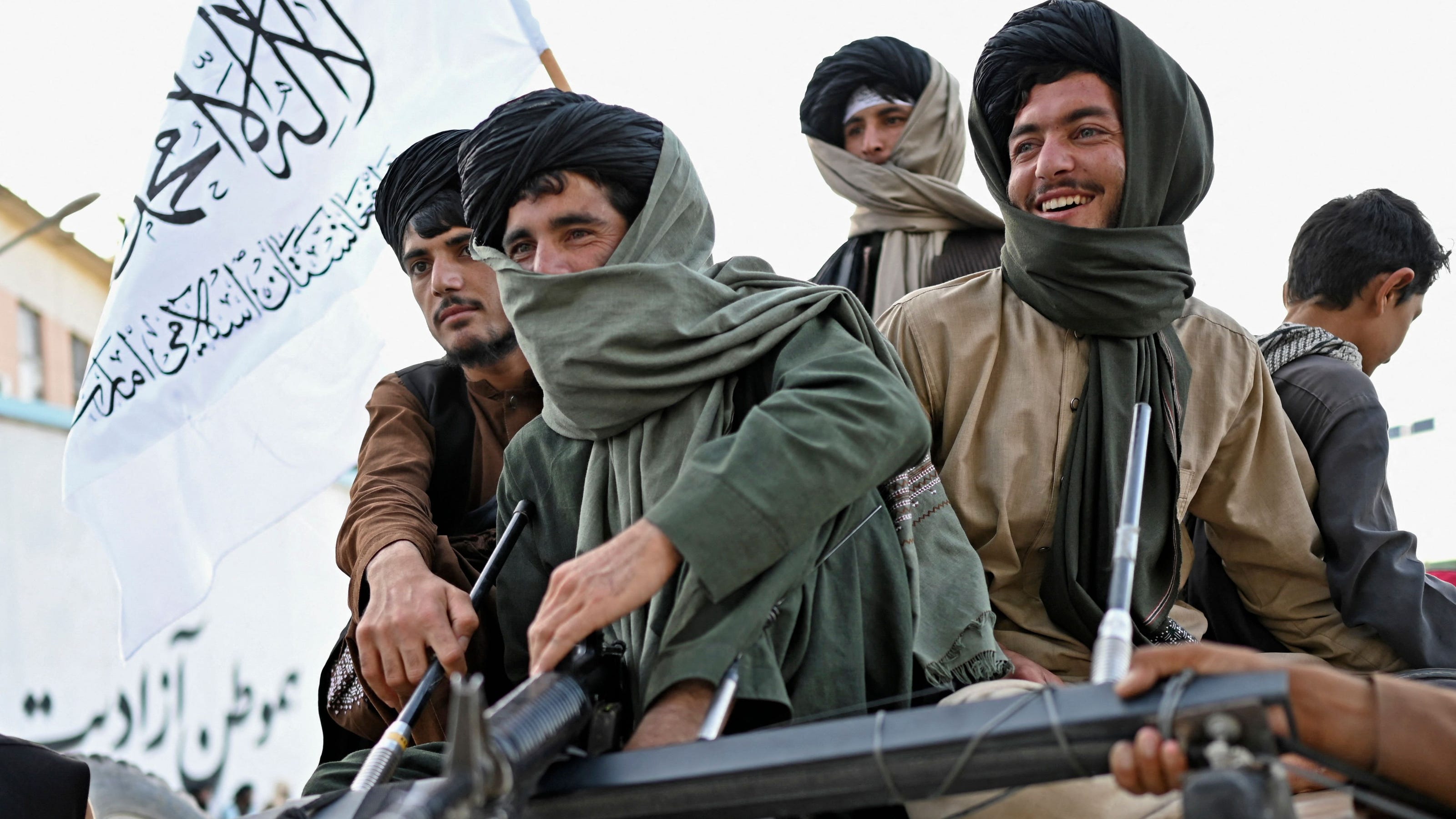
 Josh Meyer
Josh Meyer

